The strong increase in global trade activities and the shift in supply chains have opened up significant opportunities for Vietnam's logistics and industrial real estate industries.
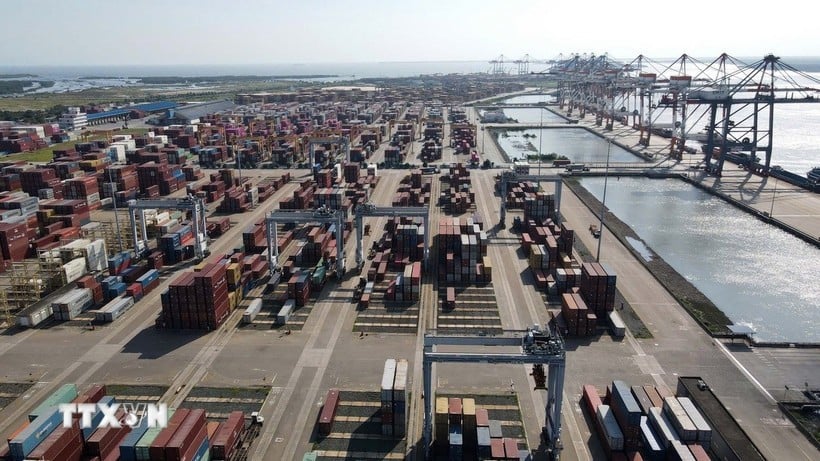
In the context of Vietnam gradually affirming its position as a production and logistics center of the Asia- Pacific region, the seaport system plays a key role in improving the competitiveness of the industrial real estate market.
The strong increase in global trade activities and the shift in supply chains have opened up significant opportunities for Vietnam's logistics and industrial real estate industries.
Experts say Vietnam is considered a country with strategic advantages in the trend of restructuring the global supply chain, thanks to its coastline of more than 3,200 km, abundant labor force, competitive costs and increasingly complete logistics infrastructure.
As global businesses prioritize flexibility, supply chain resilience, and quick access to consumer markets, Vietnam is becoming an attractive destination for investors in the manufacturing and logistics sectors.
Vietnam is making effective use of its geographical location and infrastructure to attract investment capital. "Seaports, especially deep-water ports, have become a key factor in the location strategy of global manufacturers," commented Mr. Thomas Rooney - Deputy Director of Industrial Services Savills Hanoi .
In the North, Lach Huyen deep-water port (Hai Phong) is the main commercial gateway for the Northern key economic region. This port is playing an increasingly important role in connecting goods from industrial zones in Hai Phong, Bac Ninh, Quang Ninh and Thai Binh to international markets.
In the South, the Cai Mep-Thi Vai and Cat Lai port clusters play a strategic role in serving large industrial zones in the Dong Nai, Binh Duong, Ba Ria-Vung Tau (old) and Ho Chi Minh City regions. In particular, Cai Mep-Thi Vai is one of the few ports in Vietnam that can receive mother ships with a capacity of over 200,000 DWT, helping to reduce transit time and costs through regional ports - Mr. Thomas Rooney cited.
At the same time, upgrading and new construction projects are continuing to be implemented to expand the capacity of the national seaport system. In early 2025, the Prime Minister approved the investment policy for the Can Gio International Transit Port project with a total investment of more than VND 50,000 billion, a cooperation between Saigon Port and Terminal Investment Limited Holding SA - a subsidiary of MSC Group.
In addition, Lien Chieu Port (Da Nang), expected to be completed by the end of 2025, is expected to become an important logistics hub, helping to reshape the freight transport chain from the Central Highlands, Laos and Northeast Thailand to the sea...
According to Ms. Nguyen Hoai An, Senior Director of CBRE Vietnam, the presence of deep-water ports such as Cai Mep-Thi Vai, Lach Huyen or in the future Can Gio and Lien Chieu will help Vietnam shorten the transportation distance with major markets such as the US and Europe, while reducing dependence on foreign transit ports. This is a breakthrough factor for sustainable growth in the logistics and industrial real estate industry.
Industrial real estate investors today are not only interested in rental prices or land funds, but also prioritize locations with the ability to directly connect to seaports, commercial corridors and key traffic routes.
Therefore, according to Ms. An, seaports will be a "magnet" attracting investors if accompanied by synchronous logistics infrastructure and open support policies.
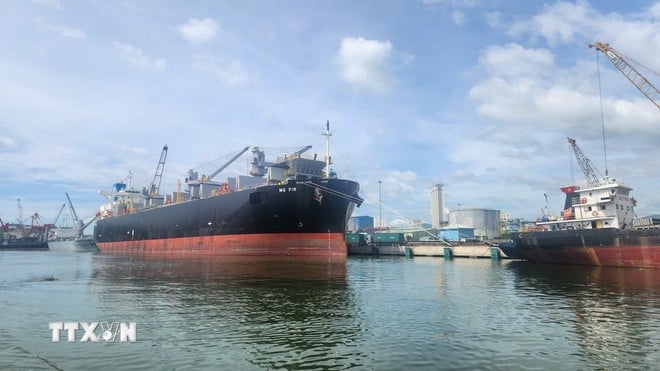
Logistics development promotes industrial real estate
The strong development of seaports is leading to increased demand for industrial real estate, especially in areas with the ability to directly connect to deep-water ports.
Areas such as Ba Ria-Vung Tau (old), Hai Phong, Quang Ninh, Thanh Hoa or Da Nang are emerging as new destinations for manufacturing enterprises thanks to their logistics advantages, competitive rental prices and increasingly improved infrastructure.
Besides traditional industrial centers, secondary coastal localities are becoming a new choice for investors thanks to large land funds, low costs and long-term development potential.
However, Mr. Thomas Rooney also noted that in some provinces, logistics infrastructure is still limited. Common challenges include a lack of Grade-A warehouses, limited cold storage, and poor rail or inland waterway connections.
The lack of "last mile" connectivity between industrial parks and seaports also increases logistics costs, reducing competitive advantage. Particularly in the Central and Central Highlands regions, investment in supporting logistics systems is still not synchronized, Mr. Thomas Rooney analyzed.
Therefore, many experts believe that one of the factors that manufacturers prioritize today is proximity to seaports and efficient logistics corridors.
This trend has promoted the development of industrial parks adjacent to ports, helping to shorten transportation times, reduce costs and increase supply chain operational efficiency.
In particular, many new industrial park projects have been deployed within the direct connection to Cai Mep port. Similarly, in the North, industrial parks in Hai Phong and Quang Ninh are being prioritized by investors over Hanoi thanks to improved access to seaports and customs clearance times.
Notably, the administrative reorganization by merging some inland provinces into coastal areas has brought about positive results. Specifically, inland industrial centers now have more favorable access to seaports and logistics infrastructure, contributing to shortening the supply chain and improving export efficiency.
Mr. Jean-François Roger, an independent logistics expert who has worked at major ports such as Rotterdam (Netherlands) and Busan (South Korea), said that Vietnam needs to focus on developing a centrally managed and modern port-industrial-logistics cluster model. This will help increase the efficiency of the supply chain and reduce logistics costs, which still account for about 16-20% of GDP, higher than the regional average.
According to this expert, Vietnam is on the right track by investing heavily in key seaports, but needs to accelerate further in improving cargo handling capacity, digitizing customs procedures, and enhancing multimodal connectivity with railways and inland waterways.
In addition, to realize the goal of becoming a regional logistics and manufacturing hub, Vietnam needs to continue promoting infrastructure investment while improving investment policies and environment.
For example, strengthening integrated planning between seaports, industrial parks and logistics centers; investing in expanding the transportation network, especially highways, railways and inland waterways; developing high-quality logistics human resources, in parallel with digital transformation in warehouse operations, e-customs and smart logistics systems...
In particular, to ensure sustainable development, through implementing the "green port" model, using renewable energy and complying with ESG standards - factors that are increasingly valued by global investors.
Vietnam is facing a great opportunity to reshape its role in the global supply chain. However, to make the most of the advantages from seaports, there needs to be synchronous coordination between the central and local governments and the private sector in developing infrastructure, logistics and industrial real estate in a modern, sustainable and effective manner./.
Source: https://baolangson.vn/tan-dung-toi-da-tiem-nang-va-loi-the-cang-bien-cua-viet-nam-5058953.html



![[Photo] Prime Minister Pham Minh Chinh chairs the first meeting of the Central Steering Committee on housing policy and real estate market](https://vphoto.vietnam.vn/thumb/1200x675/vietnam/resource/IMAGE/2025/9/22/c0f42b88c6284975b4bcfcf5b17656e7)





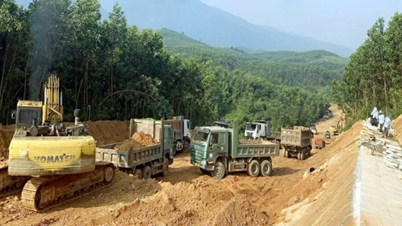

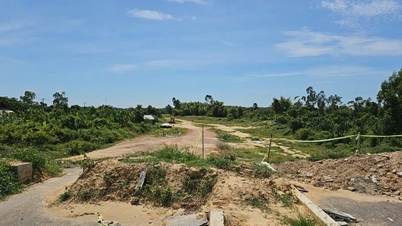


















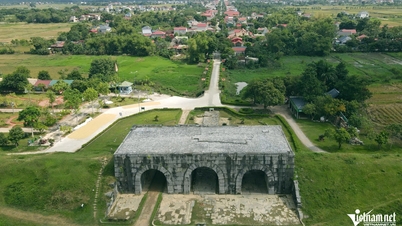































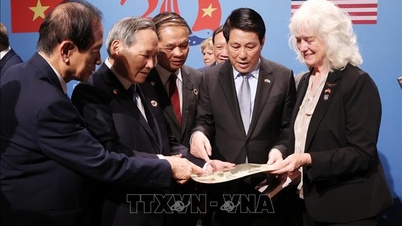







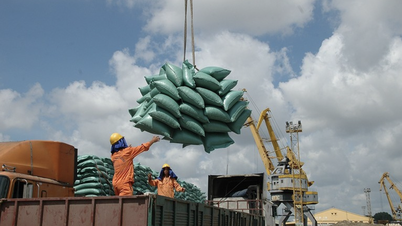




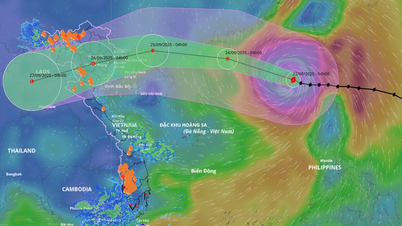






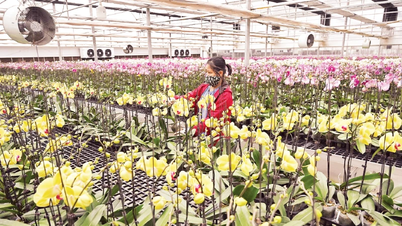










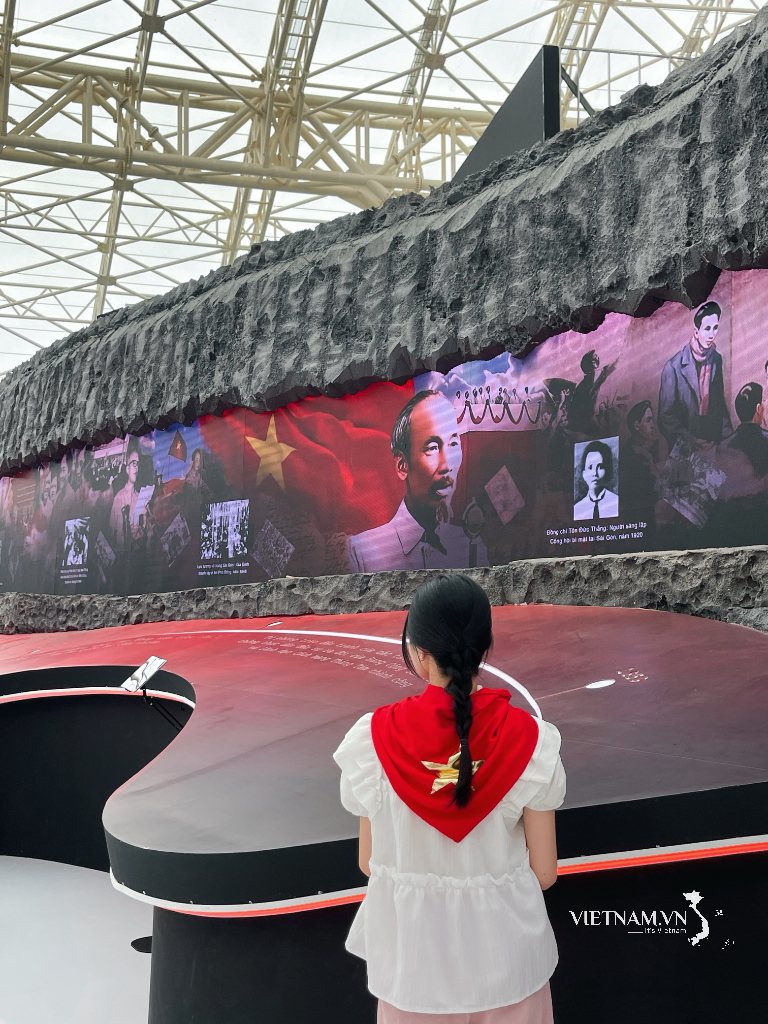
Comment (0)